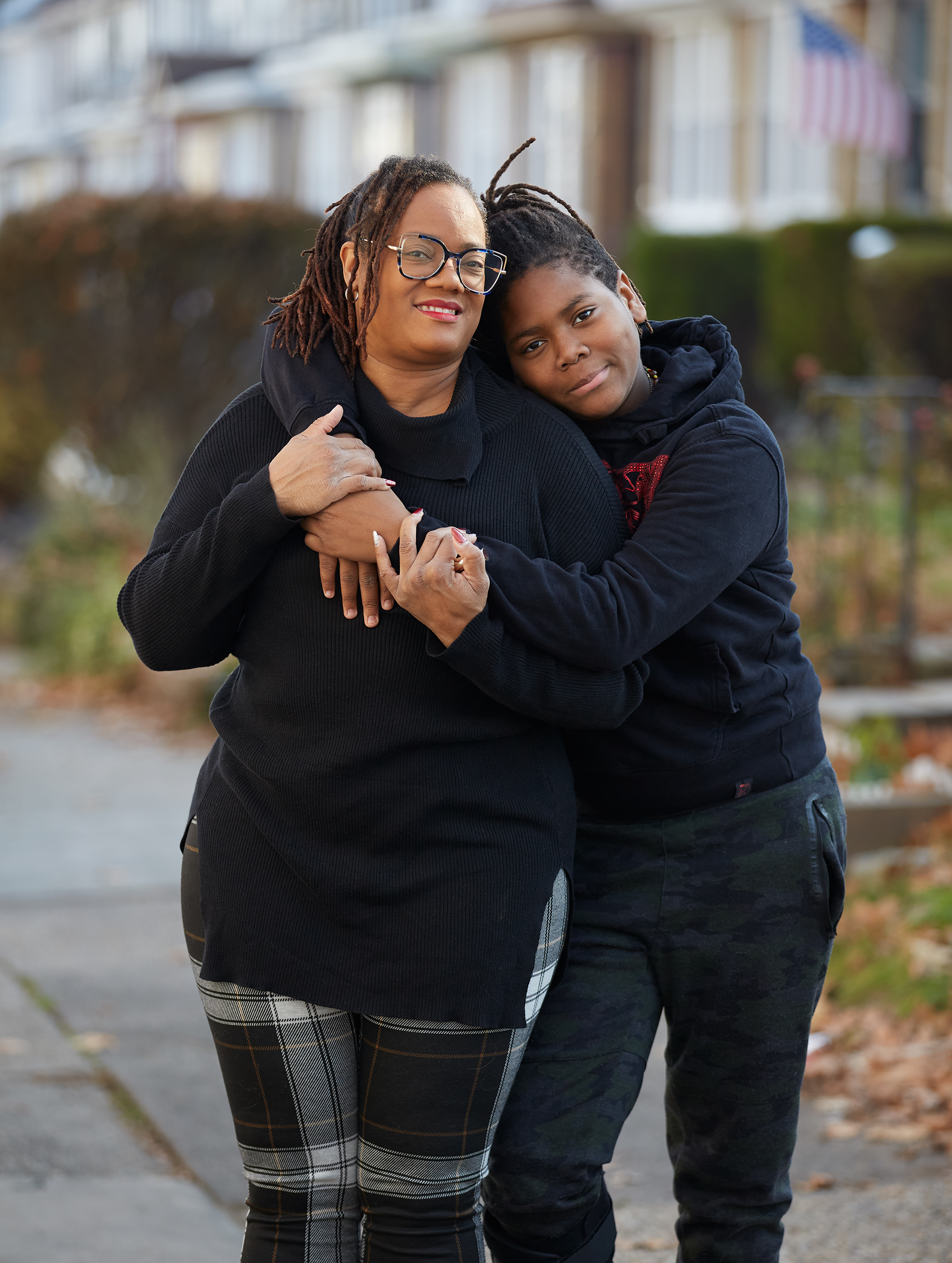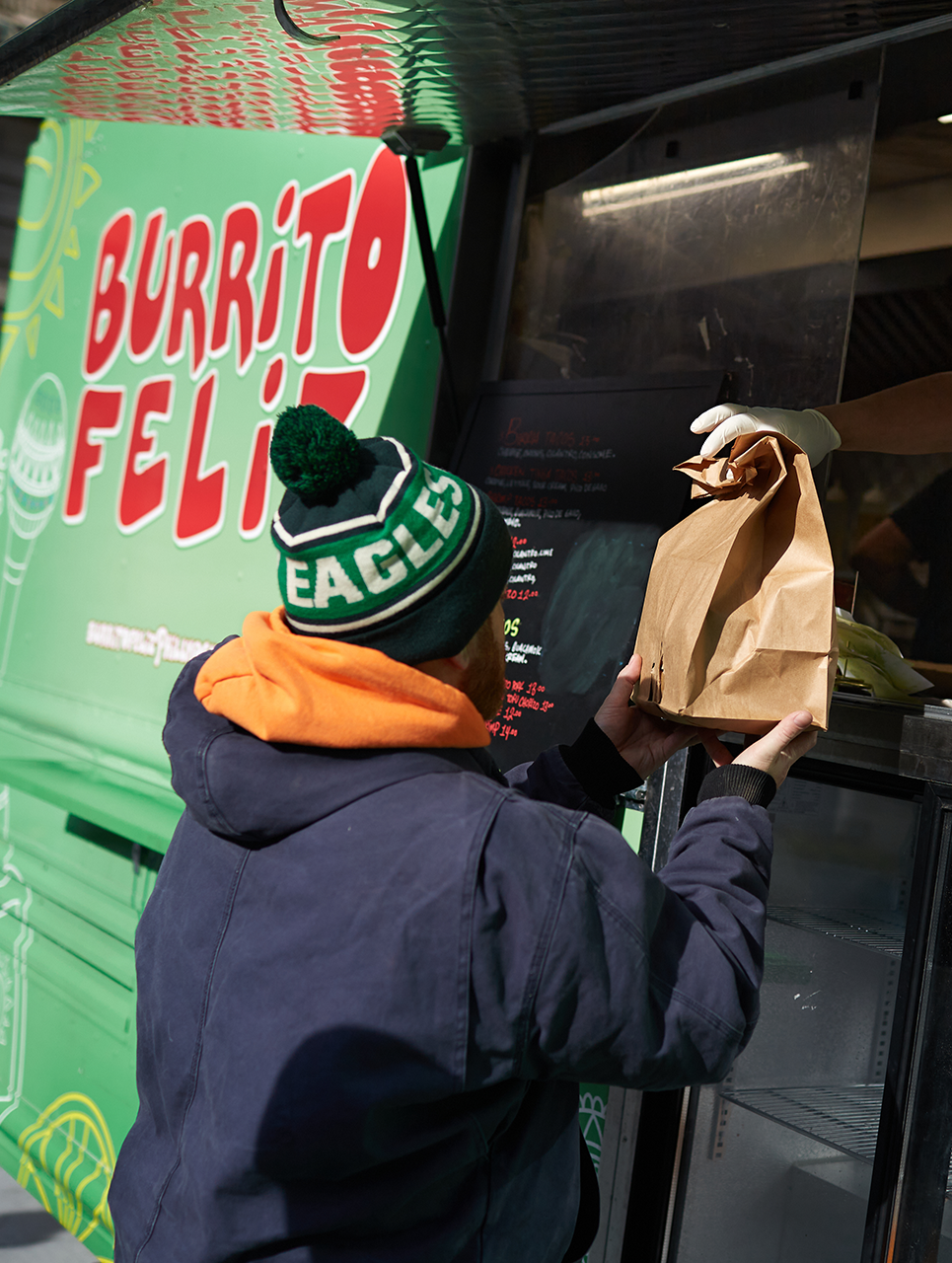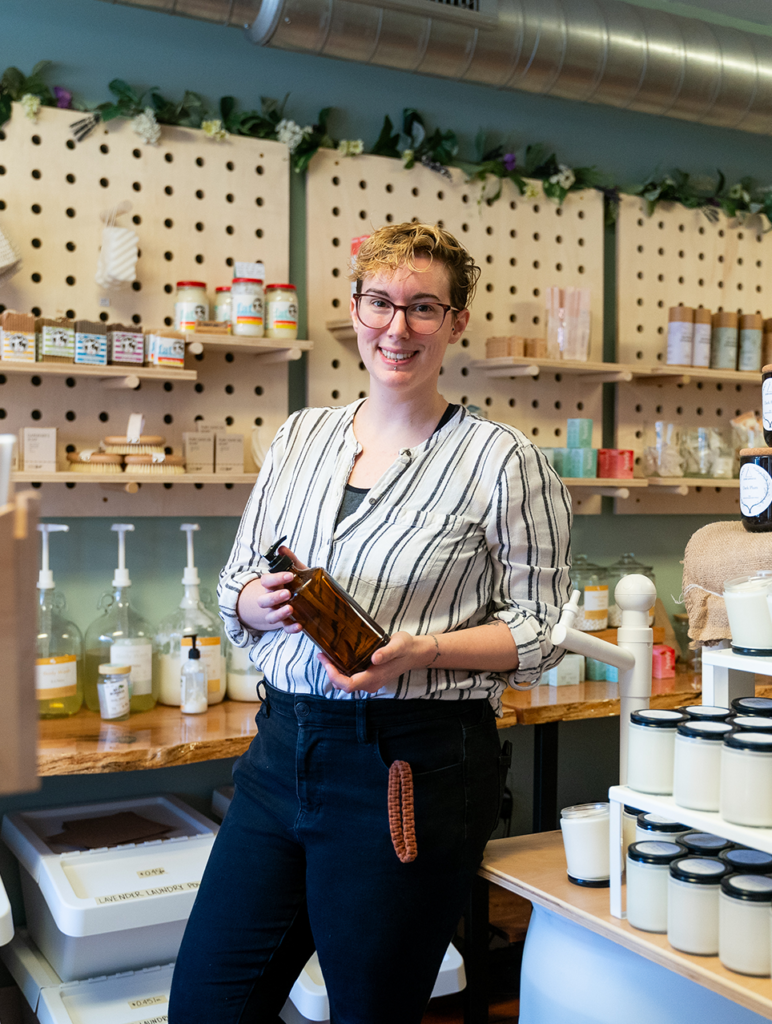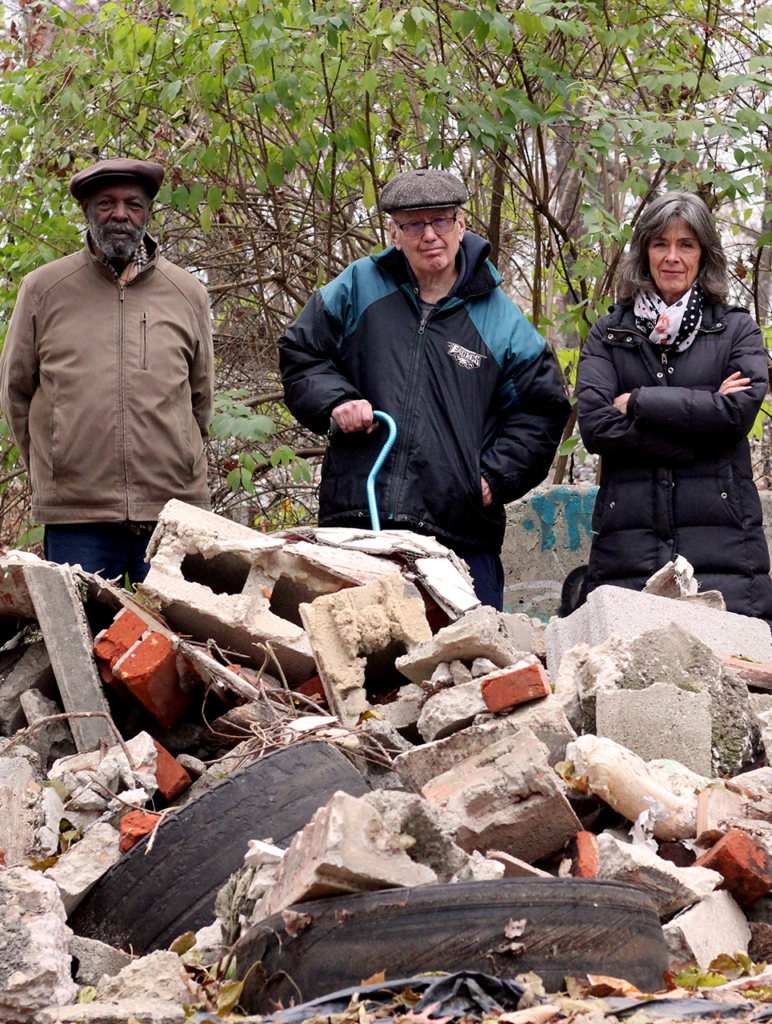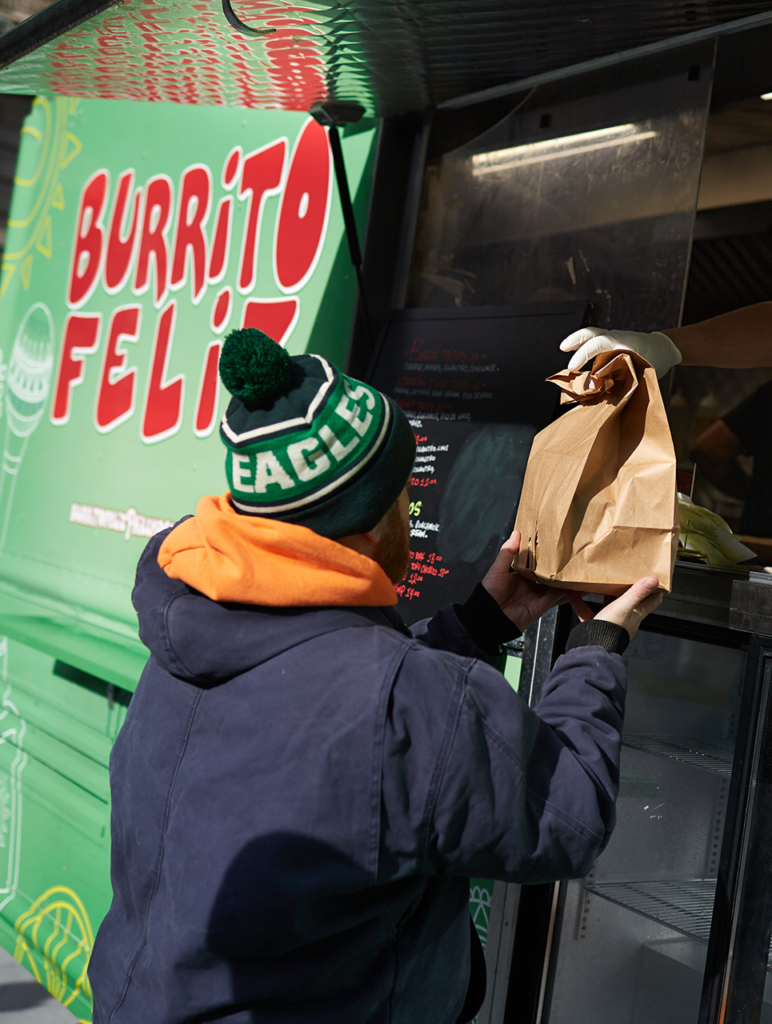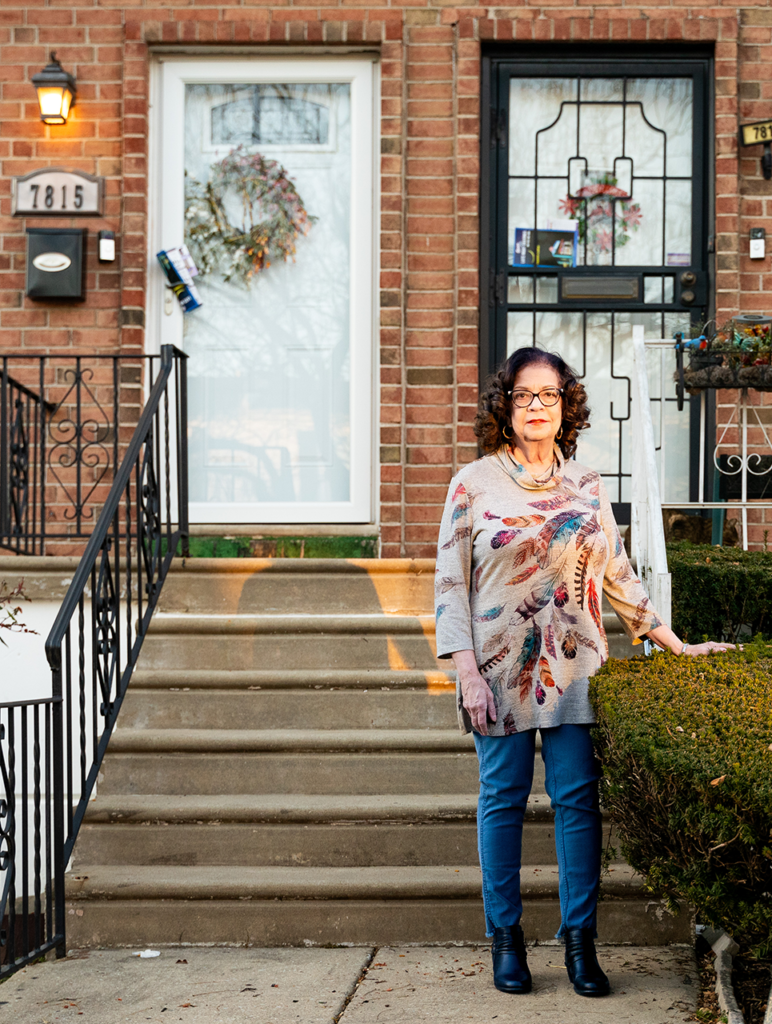Tasha Sammons and her son, S’vante, were expecting a cheerful dinner at their home in Olney on Father’s Day weekend five years ago.
“S’vante was happy, waiting for his dad,” Sammons says. “But my husband, Ted, who’d had diabetes since age 9, never made it home. He had a heart attack and died [on the way].”
With that death, S’vante (pronounced sa-vaunt), a second grader at the time, joined the one in 12 U.S. children who confront the death of a parent or sibling by age 18, according to statistics from the Colorado-based JAG Institute.
“S’vante and Teddy had been so close,” Sammons says. “I knew we needed help. Our church did not offer grief groups then, although they have one for adults now.” Sammons scoured the internet and found the Uplift Center for Grieving Children.
Headquartered in East Falls, Uplift provides free peer support groups for children from kindergarten to 12th grade in Greater Philadelphia who have experienced the death of an important person in their lives, says executive director Keri Salerno. Begun in 1995 as part of the bereavement program at St. Christopher’s Hospital for Children, Uplift became an independent nonprofit in 2000. Government aid, corporate sponsorship, grants as well as public and private donations fund the organization.
Uplift serves some 5,000 clients annually, including many children from families of color living at or below the poverty line, Salerno says. The organization also offers guidance for caregivers and professionals who work with grieving youth.
Uplift provides a unique refuge for bereaved youngsters since many Americans avoid talking about death, says Crystal Wortham, Uplift’s director of clinical and education services. Grief groups usually begin with conversation circles where children introduce themselves, say who has died and explain their relationship to that person. This opening leads into discussions about feelings.
Uplift runs six-week programs in schools, community groups and online. S’vante, for example, attended sessions at the Lenfest Center, a privately owned and operated community center in Hunting Park. The majority of in-person sessions currently take place at schools. During the 2022-23 program year, the organization presented in-school grief support programs at 99 schools, Salerno says. “There’s always a waiting list,” she says. Virtual and hybrid grief groups are also offered.
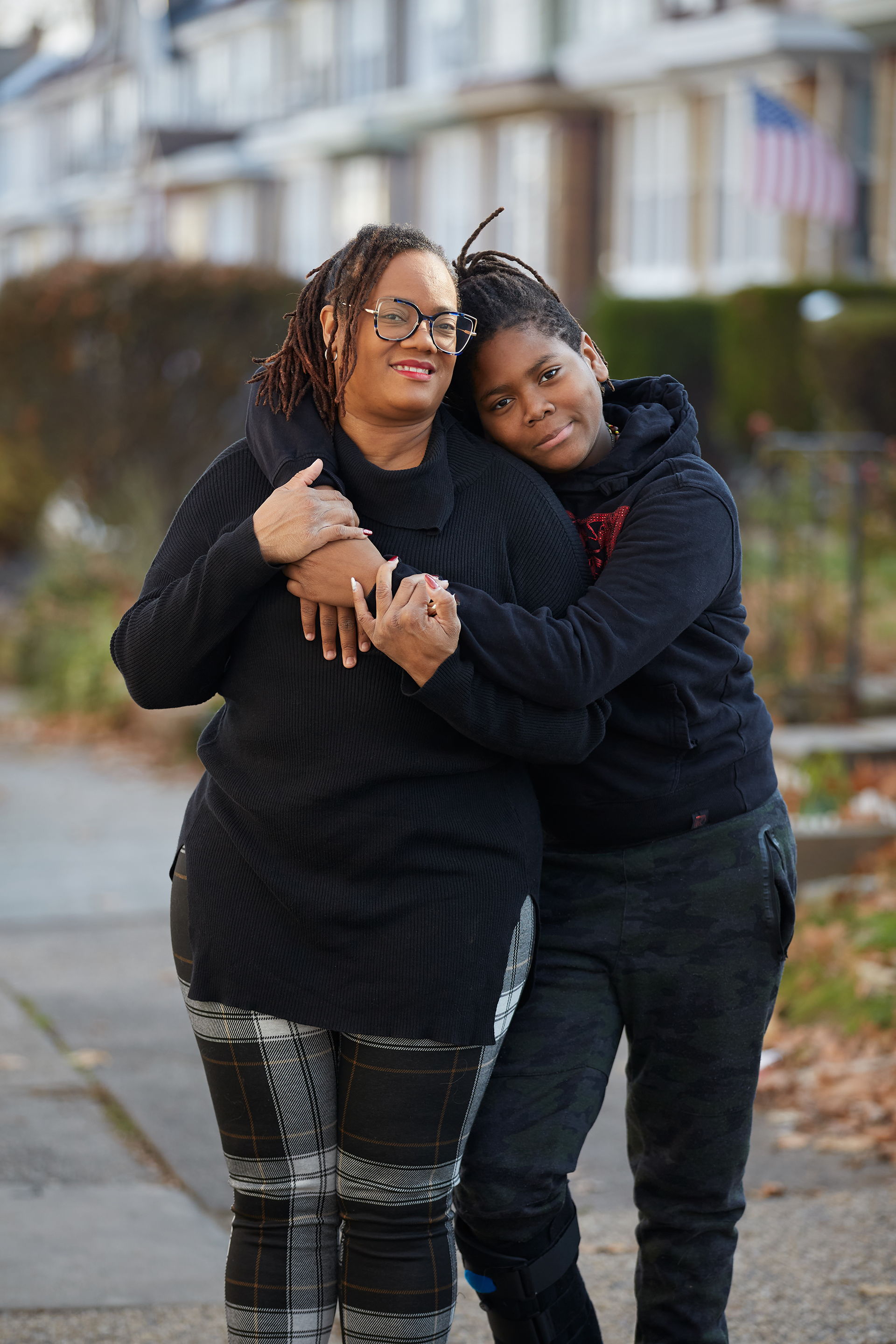
Clinicians group children by age and developmental level because those factors shape how they respond to death. Preschoolers usually see death as reversible, in part because in cartoons people die, then come back to life, according to American Academy of Child and Adolescent Psychiatry. Children from ages 5 to 9 start thinking more like adults about death, but doubt they or the people they love will die.
“Once, a girl in the 3rd or 4th grade didn’t want to be in a [conversation] circle,” Wortham says. “She said later that she didn’t want to join in because it would make the death real. Participants may choose to [opt out] when they feel uncomfortable.”
Stigma may further limit young people’s comfort in seeking support. “If the death was highlighted in the media, as sometimes happens with a suicide or overdose, stigma leaves children with few safe places to talk,” Wortham says.
Uplift’s clinicians use icebreakers to start discussions. They may show a relevant clip from “Sesame Street,” read a story about death, or do artwork, Wortham says of the sessions, which generally last 50 to 60 minutes. Facilitators sometimes have children toss a thumb ball whose surface has more than a dozen prompts like, “A topic you want to learn about,” or “a place you feel relaxed.” Children respond according to where their thumb lands when they catch the ball.
“Sometimes I ask a child to describe their feelings as if they were weather conditions,” Wortham says. “They might say, ‘It’s been stormy, but it’s starting to clear.’”
The icebreakers may have helped S’vante to become more vocal about his feelings, Sammons says. It’s also beneficial for him to be with other children who’ve lost a loved one because they can relate to him, she believes.
During the sessions, young people learn inconspicuous coping strategies like deep breathing, counting, squeezing a stress ball, palming a smooth stone and keeping a diary. When the program ends, participants may take follow-up sessions or choose to return later, Wortham says.
Uplift tailors some support to the needs of specific groups. For example, in-school legacy groups include young people who’ve all lost the same classmate or friend. “The situation has nuances that everyone in the group shares,” Wortham says.
For LGBTQIA+ youth, separate meetings provide safety and confidentiality, Salerno says. Many young people may not have discussed their sexual identity at school, nor had the opportunity to share feelings about their identity with the person they’re grieving.
We may ask them, ‘Do you express your grief in front of the child?’ They may say, ‘I’m crying in the bathroom or in the car.’ They’re trying to protect the child from their pain. But seeing caregivers’ sadness may give a child permission to grieve.”
— Crystal Wortham, Uplift Center for Grieving Children
Special sessions for caregivers are important, too. “We may ask them, ‘Do you express your grief in front of the child?’” Wortham says. “They may say, ‘I’m crying in the bathroom or in the car.’ They’re trying to protect the child from their pain. But seeing caregivers’ sadness may give a child permission to grieve.”
These sessions help caregivers anticipate a child’s responses to death. Young children may ask repeatedly if the dead person is coming back, Wortham says. Some children may be up constantly at night and sleepy during the day. Clinicians guide caregivers to find support at the child’s school, and of course through Uplift’s groups.
“We explain to caregivers that things may not improve immediately after children start attending a grief group,” Wortham says. “Feelings like anger may surface then. The child may start slamming doors. We also tell caregivers that they may seek family counseling in addition to grief support. We don’t limit clients to our services.”
Uplift’s bilingual/bicultural therapists enable the organization to offer sessions in Spanish. “Once, a woman who spoke little English attended a session,” Wortham says. “I encouraged her to speak Spanish, her first language. All the emotion came through, but I realized that we needed bilingual staff.”
Uplift often finds that families are grappling with challenges beyond grief.
“They may be having an issue with housing or financial matters,” Wortham says. “We share resources like job fairs, food pantries and mentoring programs. We also list resources on our website.”
In addition, Uplift increases its resources by networking with organizations like nearby Camp Erin-Philadelphia. Part of the Penn Medicine Hospice, it offers a free weekend bereavement camp.
Sammons and S’vante, now in 6th grade, have continued with Uplift, a choice that has paid off, she says. “S’vante’s counselor says that he’s emotionally aware and can identify his feelings even when he can’t control them. He’s more able to deal with another boy who sometimes taunts S’vante about his father’s death. I tell everyone about Uplift.”
For more details or to make a donation, visit upliftphilly.org. For free confidential help from master’s-level clinicians, call the HopeLine at 1-833-PHL-HOPE (833-745-4673).

